Blog
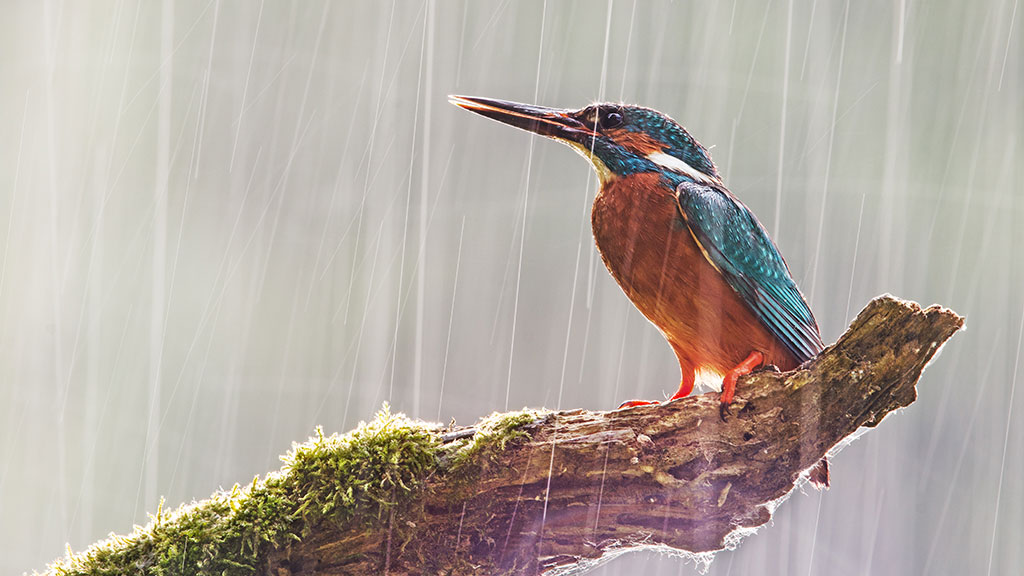
The climate crisis is changing our wetlands – but you can help
What happens to our wildlife when the climate changes around them? When their once beloved habitats become water-logged by extreme rain, or their feeding grounds disintegrate under the rising temperature of the sun?
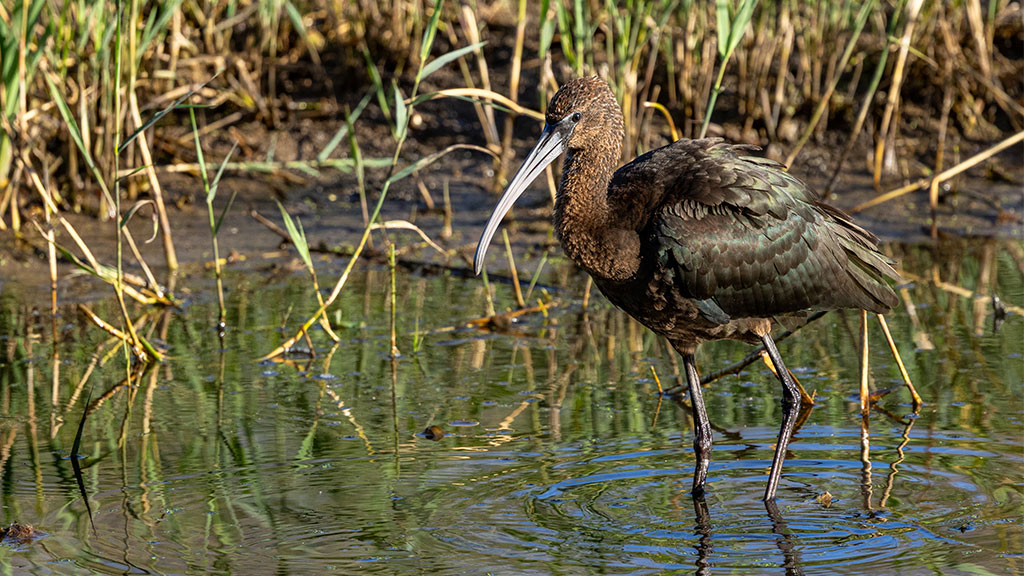
Autumn stories from WWT’s wetland reserves
Our wetland reserves have seen a vibrant mix of wildlife highlights this autumn. From Caerlaverock to Arundel, each site has had its own amazements and accomplishments.
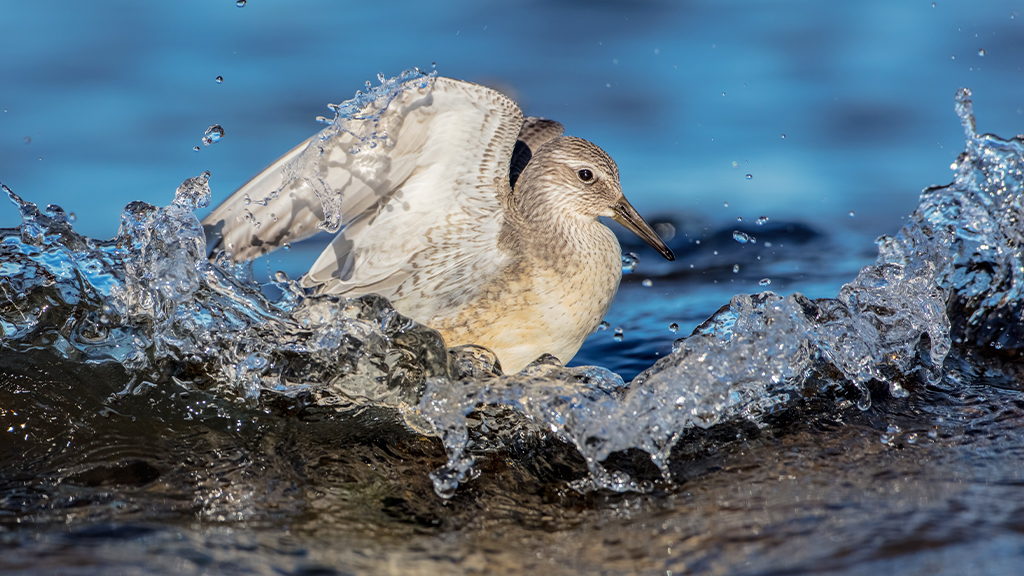
How do migrating birds know where to go?
Migrating birds follow predictable routes. These routes are well known; we call the one that brings wintering birds to our shores the Northwest European flyway and the one that brings summering birds the East Atlantic flyway. You can’t see them, but they act like bird superhighways, inexorably funnelling migrants to the estuaries and wetlands of the UK and beyond.
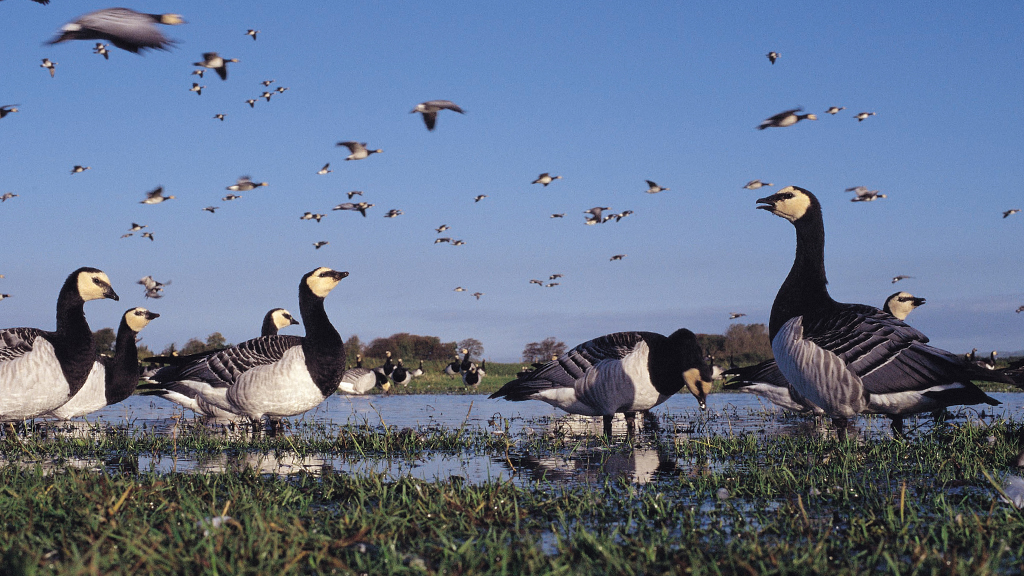
Top 10 migrant birds to see at WWT reserves this autumn
Lively, noisy and often spectacular, birds arriving on our wetlands to spend the winter are a welcome sight as the nights draw in, bringing new life to the landscape.

Mapping the wetland genome: a team effort across the UK
Wetlands are more than habitats - they're living libraries of biodiversity. Thanks to a remarkable collaboration with the Darwin Tree of Life project and the Wellcome Sanger Institute, we're helping write the genomic story of the UK's wetland species.
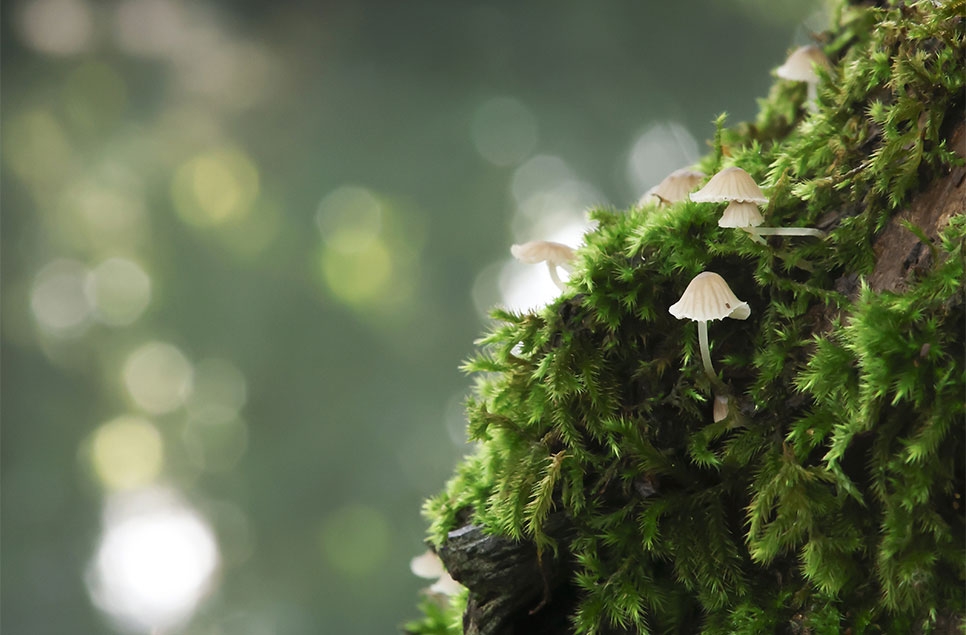
Step into the spellbinding world of fungi: Why the UK’s wetlands are a fungal wonderland
Fungi might not have the star power of birds or otters, but venture into a WWT wetland site in autumn and you’ll find yourself in the midst of a quiet, curious kingdom that’s bursting with life, colour, and mystery. From brilliant crimson waxcaps to ghostly inkcaps melting back into the soil, fungi are the secret stars of our wetlands. And they’re waiting for you.
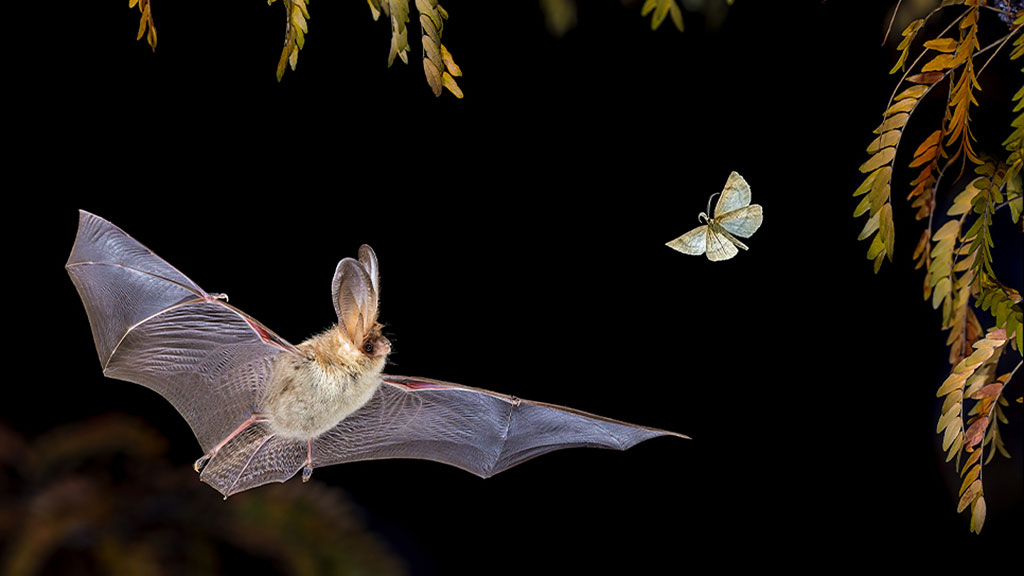
Everything you ever wanted to know about bats (but were afraid to ask!)
Ever wondered what bats eat, whether they hibernate, or how to spot one flitting through the night sky? You're not alone! Bats are some of the UK’s most fascinating and misunderstood wildlife, and there's so much to discover about these nighttime insect-hunters.
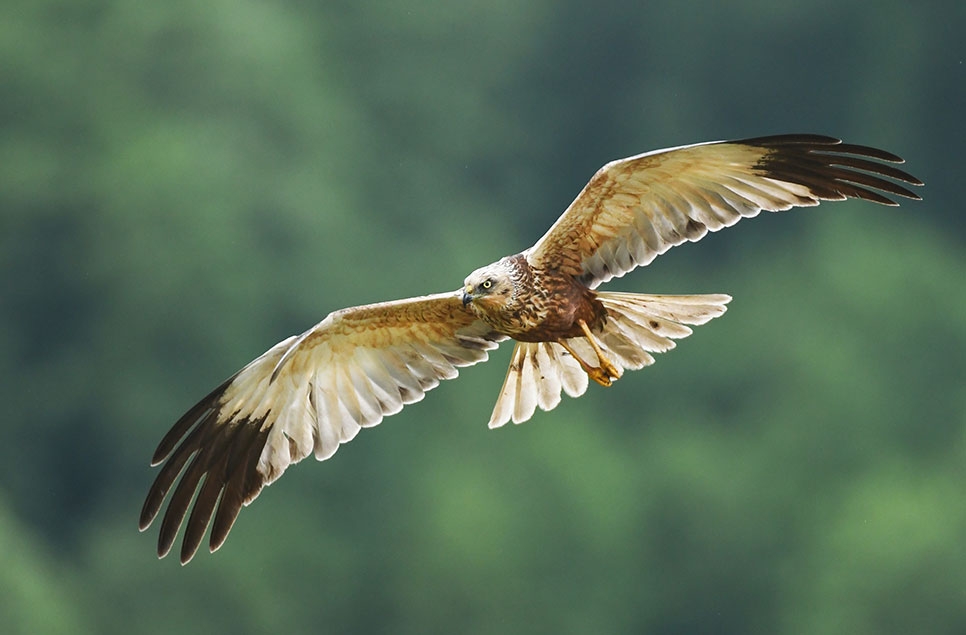
Summer stories from WWT’s wetland reserves
This summer has brought a wonderful mix of wildlife highlights from across our wetland reserves. From dragonflies skimming the water to lively gatherings of waders, each site has had its own successes and surprises.
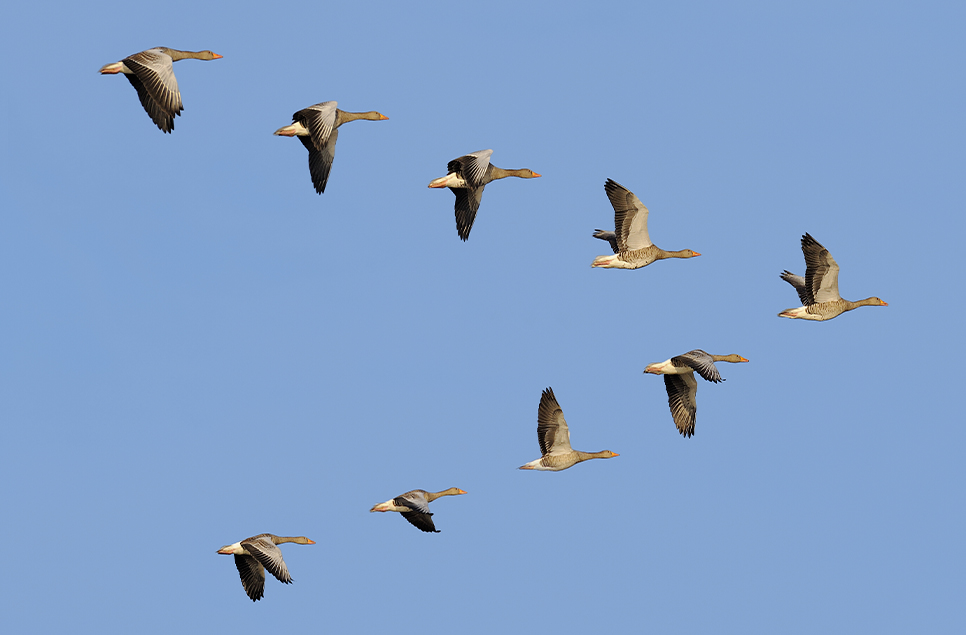
Why do geese fly in V-formation? The science behind the sky's most iconic shape
Every autumn and spring, our skies fill with long V-shaped lines of honking geese heading to warmer or cooler climates. It's one of the most familiar and mesmerising sights in nature. But have you ever stopped to wonder: why do geese fly in a V-formation? What deeper purpose does this precision flying pattern serve?
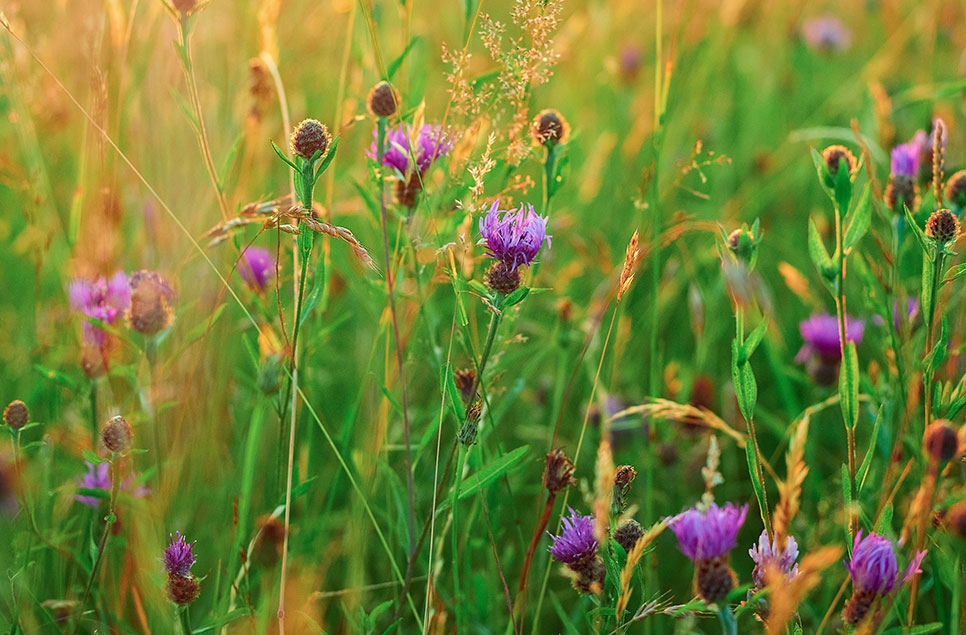
How to create a wetland wildflower meadow: A blooming brilliant guide
Got a tricky patch in your garden where nothing seems to thrive — maybe it's always damp, or a bit boggy. Instead of fighting it, why not work with what you've got?
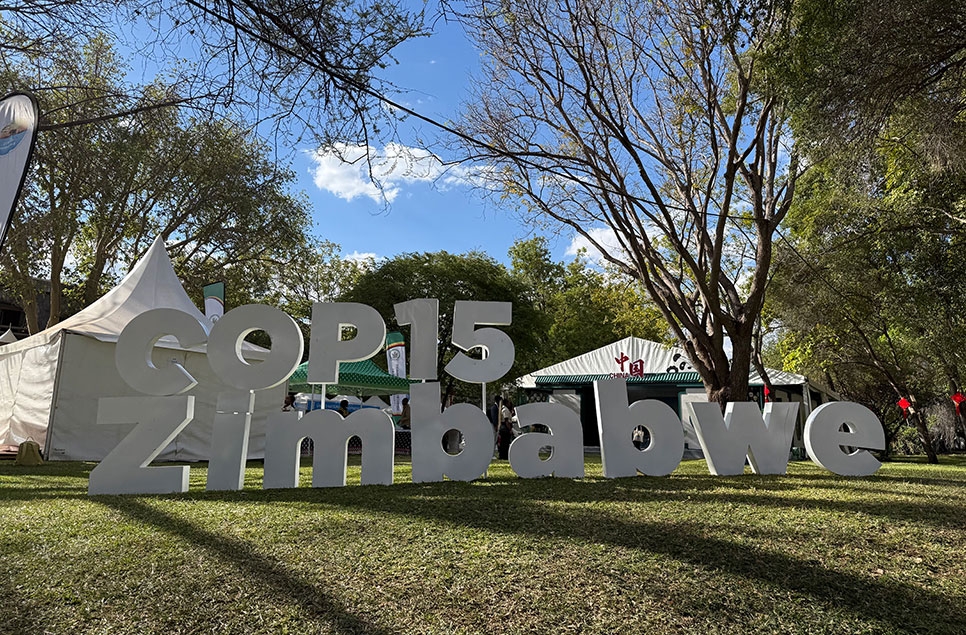
COP15 has ended – what does this mean for wetlands?
At Victoria Falls in Zimbabwe, 172 contracting parties met to discuss the degradation of wetland ecosystems. Here we take a look at the key outcomes for wetlands, people and wildlife.
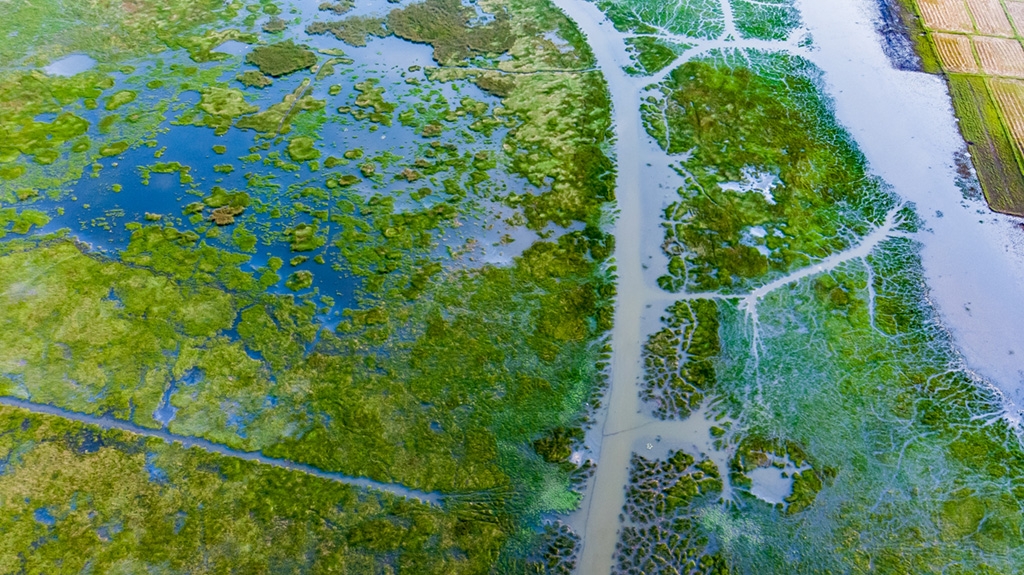
What is Wetlands COP?
WWT’s commitment to protecting wetlands and wetland wildlife extends beyond borders. Here we dive into the international conference set up to protect these superpowered habitats.
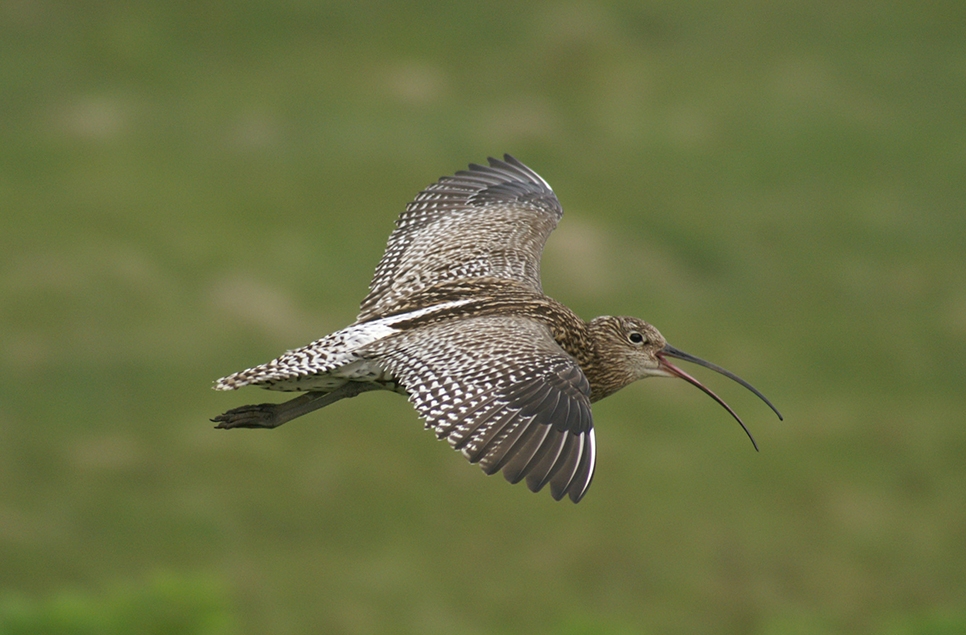
Curlew chronicles: A dry spring brings a burst of new life in the Severn and Avon Vales
Britain holds a quarter of the world’s curlew population. But in our changing landscapes, they are increasingly unable to rear chicks. WWT is working to understand why and reverse the decline. So, what have we been up to recently?
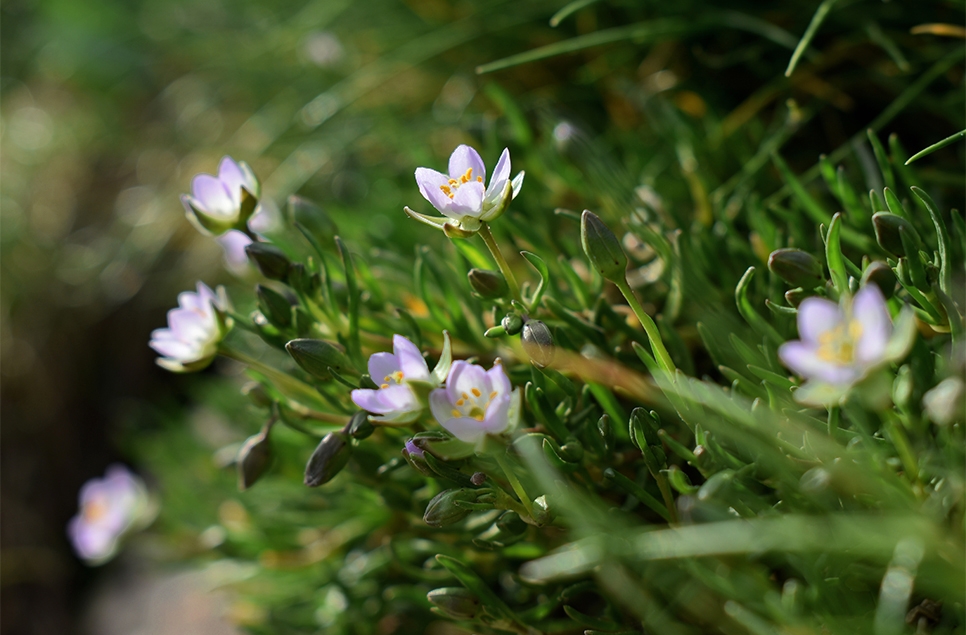
7 superheroes of the saltmarsh
Discover the secret life of saltmarsh plants. These unsung heroes support wildlife, combat climate change and help protect our coasts.
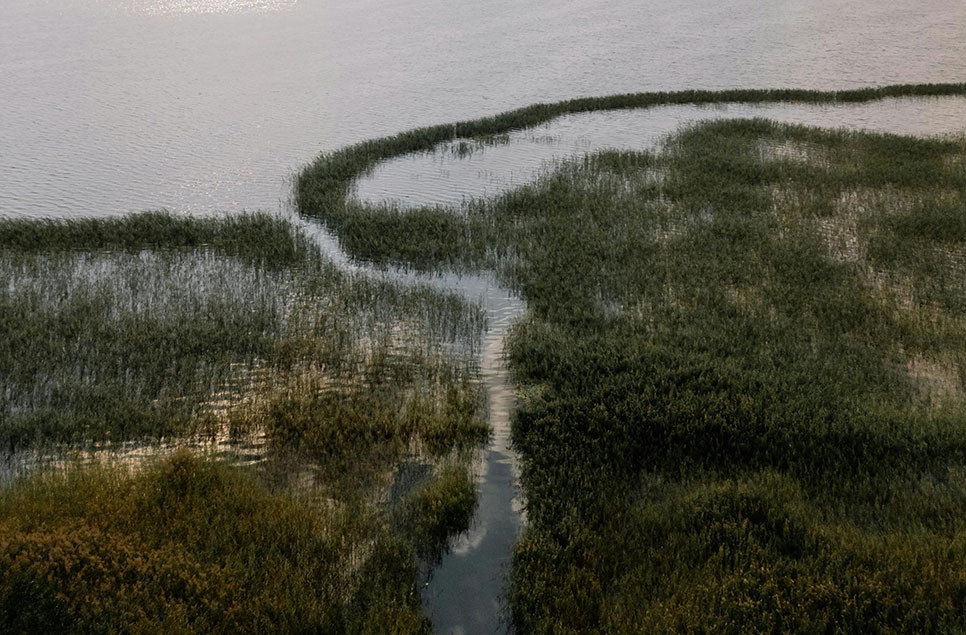
Bristol’s wetland secrets
As Bristol has grown from a small fort settlement to a vibrant city, many of its wetlands have been lost. But at the city’s Festival of Nature, Bristol’s muddy, marshy history is surfacing for one weekend.